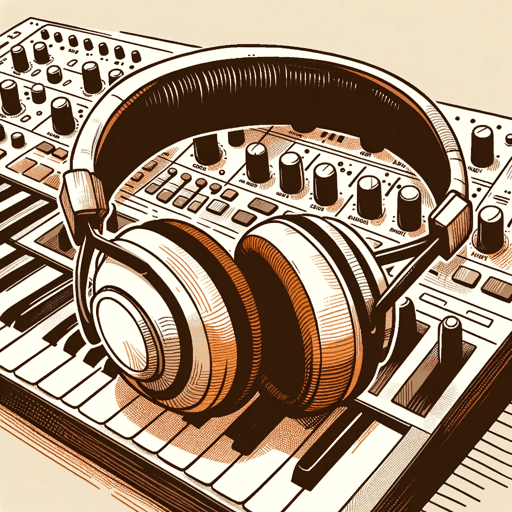https://chat.openai.com/g/g-PrZNMyPcF-sound-designer
The Sound Designer GPT stands as a pioneering advancement in the realm of audio and music technology, specifically tailored to cater to the diverse and intricate field of sound design. This AI-driven tool epitomizes the confluence of cutting-edge artificial intelligence and the artistry of sound, offering users an unparalleled resource for learning, experimentation, and mastery in sound design. With a design philosophy centered around accessibility and depth, Sound Designer is an ideal companion for individuals at all levels of expertise, from novices embarking on their audio journey to seasoned professionals seeking to refine their craft.
One of the fundamental strengths of Sound Designer lies in its comprehensive understanding of sound design theory. It delves into the nuances of sound manipulation, exploring topics like waveforms, frequency modulation, sound synthesis, and audio effects processing with remarkable depth. This theoretical grounding is not merely academic; it is presented with a clear, structured approach, making complex concepts accessible and understandable. The GPT bridges the gap between abstract sound theory and practical application, enabling users to not only learn but also apply these principles effectively in their projects.
In the realm of practical application, Sound Designer shines by providing detailed guidance on using various equipment and software integral to sound design. Whether it’s navigating through the complexities of advanced synthesizers, understanding the subtleties of digital audio workstations (DAWs), or mastering the art of field recording, this tool offers step-by-step advice, tailored to the user’s specific context and needs. It covers a wide array of sound design tools, from classic hardware to the latest in software innovation, ensuring users are well-equipped to make informed decisions and utilize their tools to their fullest potential.
Moreover, Sound Designer’s integration with music theory sets it apart as a holistic sound design guide. It understands the interplay between sound design and musical elements, offering insights into how sound textures can be crafted to complement musical compositions. This aspect is particularly beneficial for composers, producers, and sound artists who aim to create cohesive and emotionally resonant audio experiences.
The GPT’s instructional capability is further enhanced by its ability to provide practical examples. These examples serve as a bridge, turning theory into tangible learning experiences. Users can expect to find illustrative scenarios, sample sound design projects, and walkthroughs of sound creation processes, all of which are geared towards reinforcing learning through application.
Maintaining a formal and professional tone, Sound Designer is suitable for educational environments and professional settings alike. Its clear, concise, and detailed advice ensures that users receive precise and informative guidance. This approach is invaluable for educators seeking to supplement their teaching materials, students aiming to deepen their understanding, and professionals looking to stay abreast of the latest trends and techniques in sound design.

